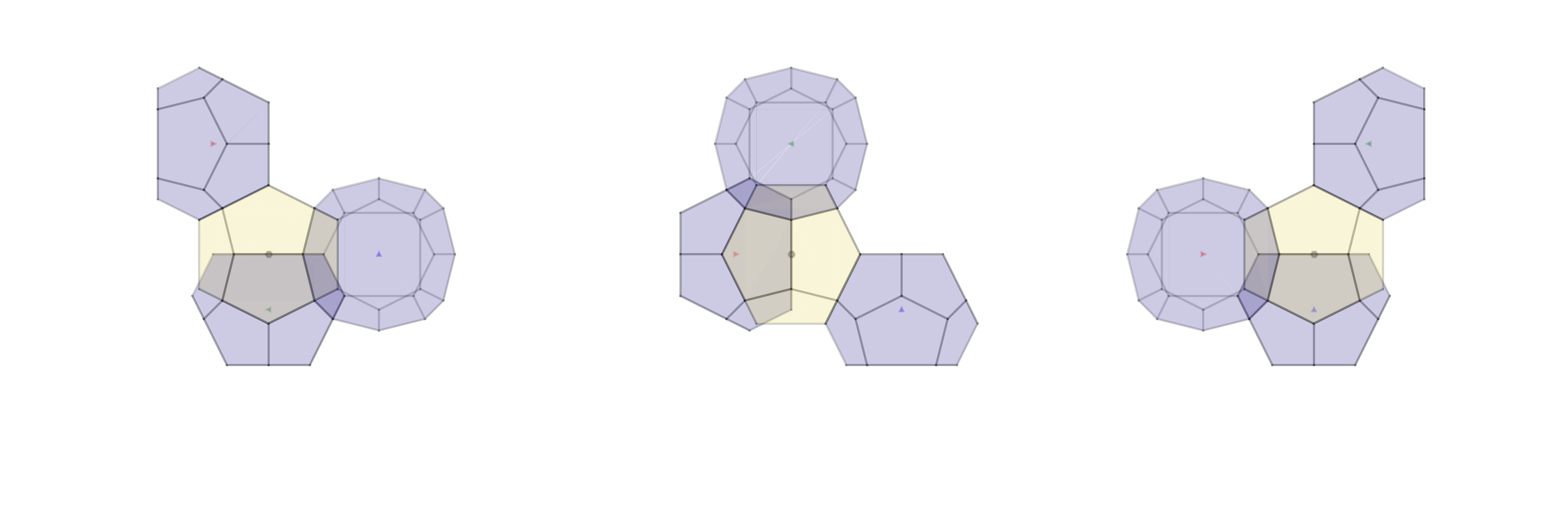GRIT Paintball
Tournament Paintball Trainer and Simulator

Play GRIT Paintball on SteamVR™
Looking to gain an edge in the real game?
GRIT PAINTBALL is a Virtual Reality tournament paintball trainer and simulator. Aimed mostly at current paintball players looking to gain an edge in the real game, GRIT allows players to practice from home. GRIT uses a mouse, keyboard and monitor for the menu and field building parts of the game, and then you enter VR to experience the field you’ve designed.
GRIT can mix input from VR controllers and the Vive Tracker.
GRIT only requires one VR controller but will detect two, as it’s designed so the player can replicate the feel of swapping their gun from hand to hand. Custom hardware is being developed to allow players to utilize their own paintball gun with a Vive Tracker so that players can get the most immersive and realistic feel possible. Of course, anyone can design their own hardware if they have a Vive Tracker!
GRIT can edit layouts in-game and has up-to-date 2022 NXL bunkers.
Layouts can be locally saved and loaded, as well as easily shared between players by sending a small text file via email or messenger. By utilizing VR, a player can gain an edge by being able to walk a field layout before a real life event and find blind shots, bounce shots, lanes and other areas which could be missed when walking a real field before an event. It also allows field owners and tournament operators to walk their field design to see whether adjustments need to be made before publishing a layout for a real event. Targets are also included in the field editor, allowing players to practice muscle memory for breakouts, snapshots and, with a large enough play area, moves from bunker to bunker.
Infima SPACE
Spatial Computing Research and Experimental Libraries

What is infima.space?
Infima Space showcases research projects from Infima Labs. Dedicated to the advancement of highly-interconnected virtual spaces, we believe the long-anticipated arrival of mainstream spatial computing is near. We use this space to aggregate and present our ideas and research on such technologies.
Spatial Computing Research and Experimental Libraries
Below are excerpts from the Abstract or Introduction of current research endeavors. Each area of focus is accompanied by a dedicated page on this site. When applicable, original research and code is made available.
A15 Phase Structure
… the proposed solution rounds each three-dimensional (3D) floating-point coordinate—and all its unused dynamic range—to the nearest A15-encoded integer representation, one or more dimensions higher. It centers A15 inside the Weaire–Phelan honeycomb, or the Tetrastix prism, then equally discretizes all 3D floating-point space. The result is a numerically-stable, higher-order space that’s packable, stackable, and less than half the size in memory—assigning each high-dimensional coordinate to a consistent volume of 3D space shrinks the encoding of nearby coordinates, minimizes directional aliasing, and maintains compatibility with global …
We invite everyone interested in this research to join us at its GitHub project page. With the understanding this document is incomplete, we also invite any questions and requests for math, code, or language clarifications, corrections, comments, or other such communications in the form of GitHub issues.